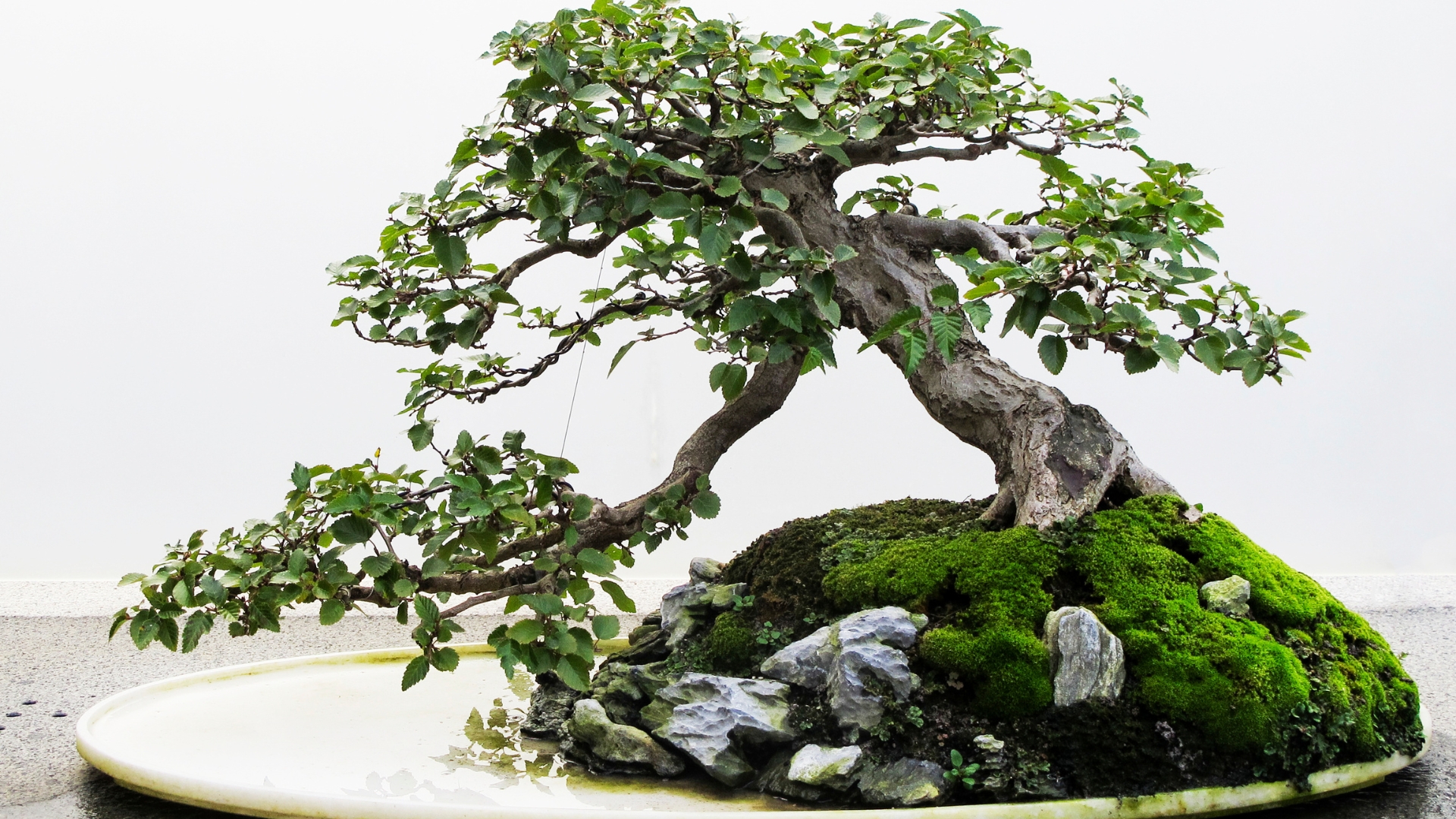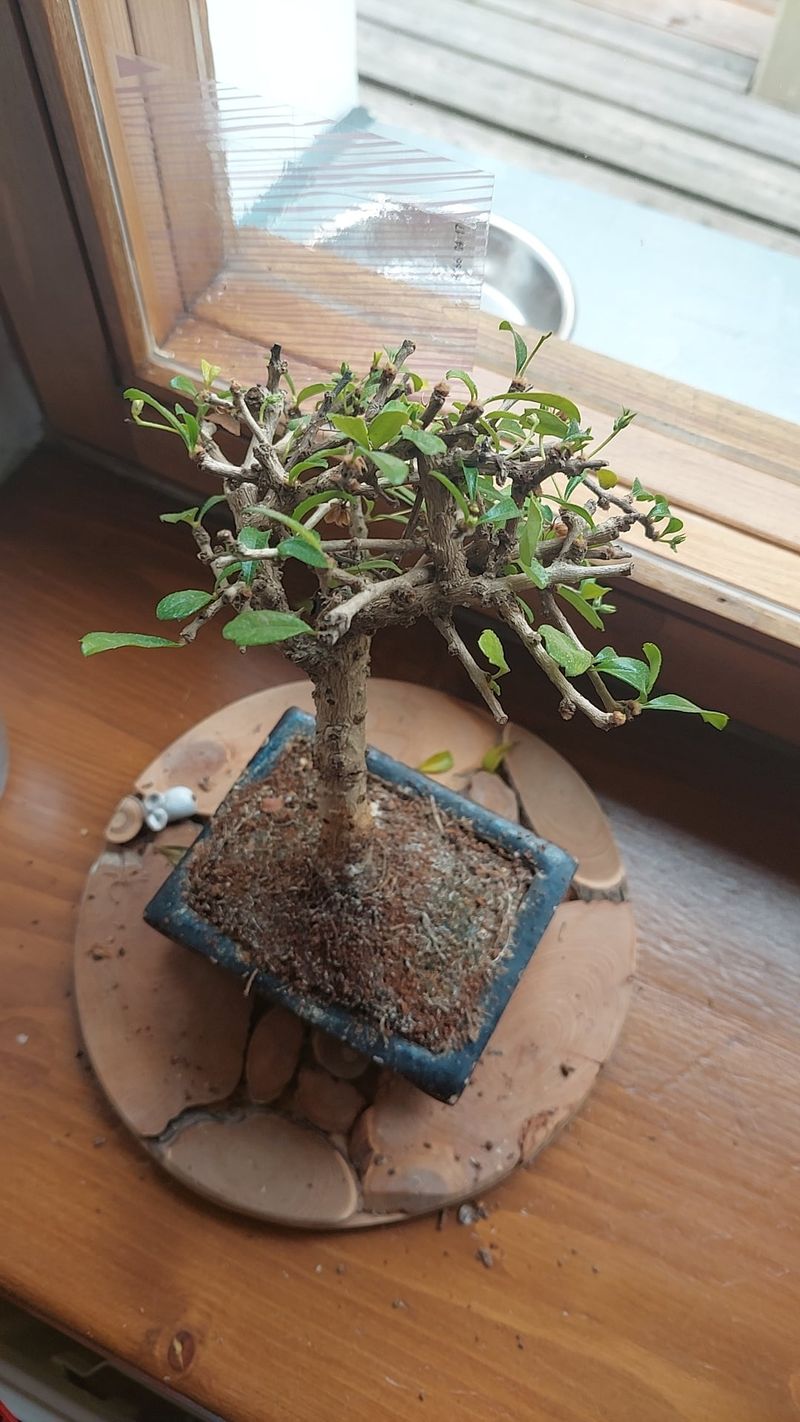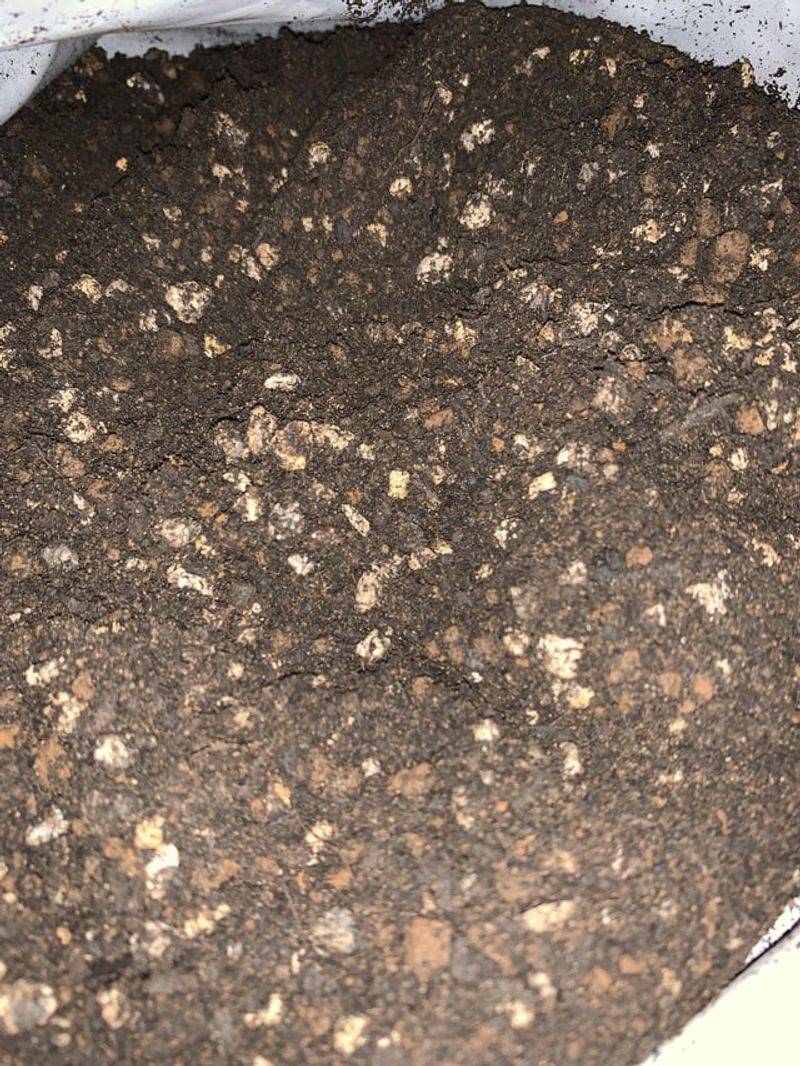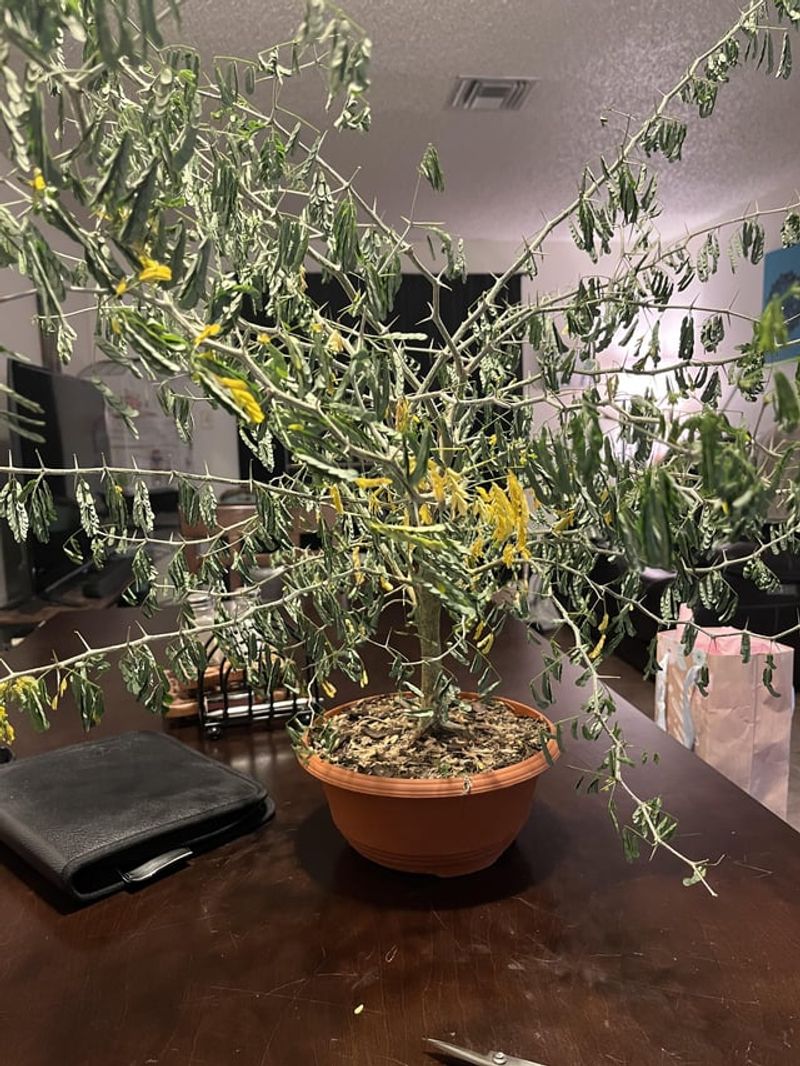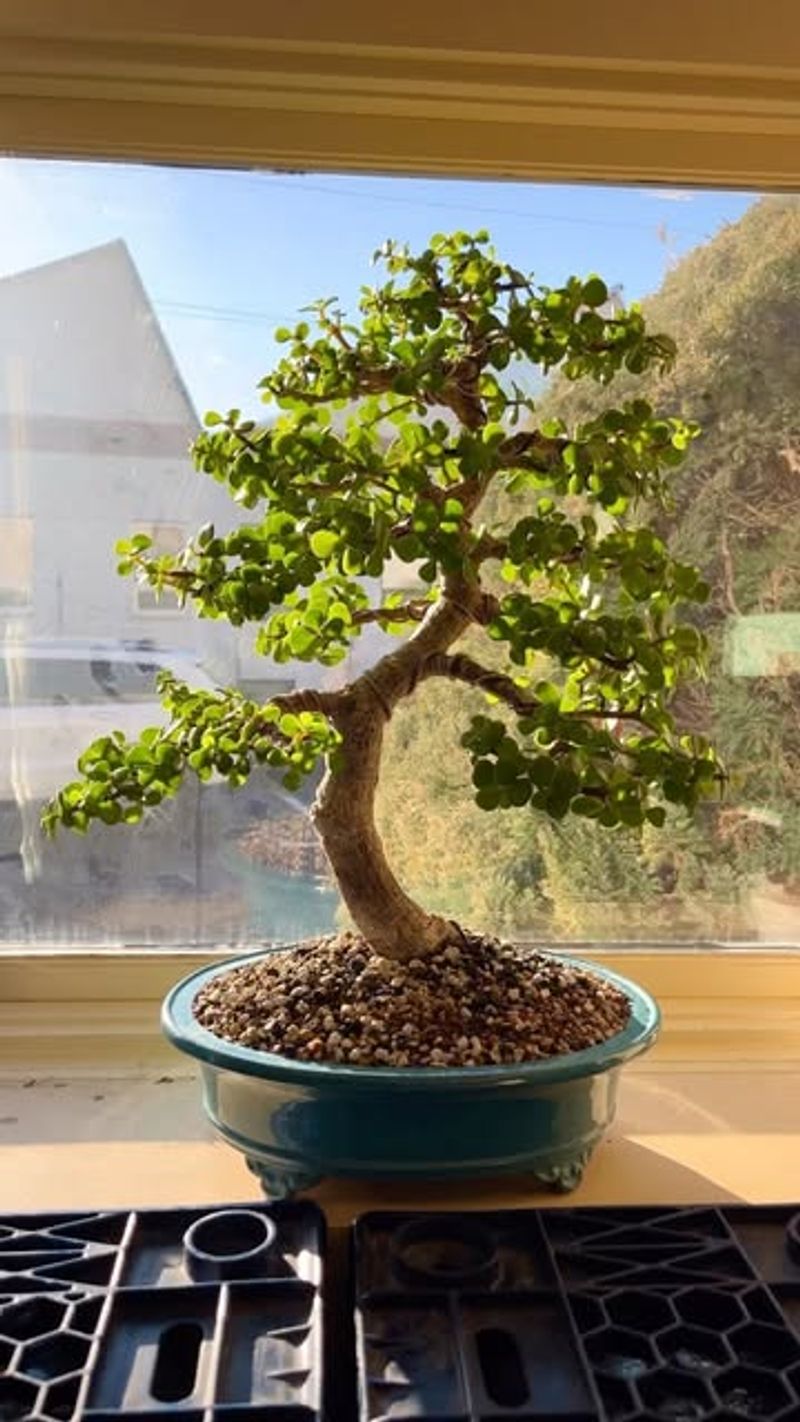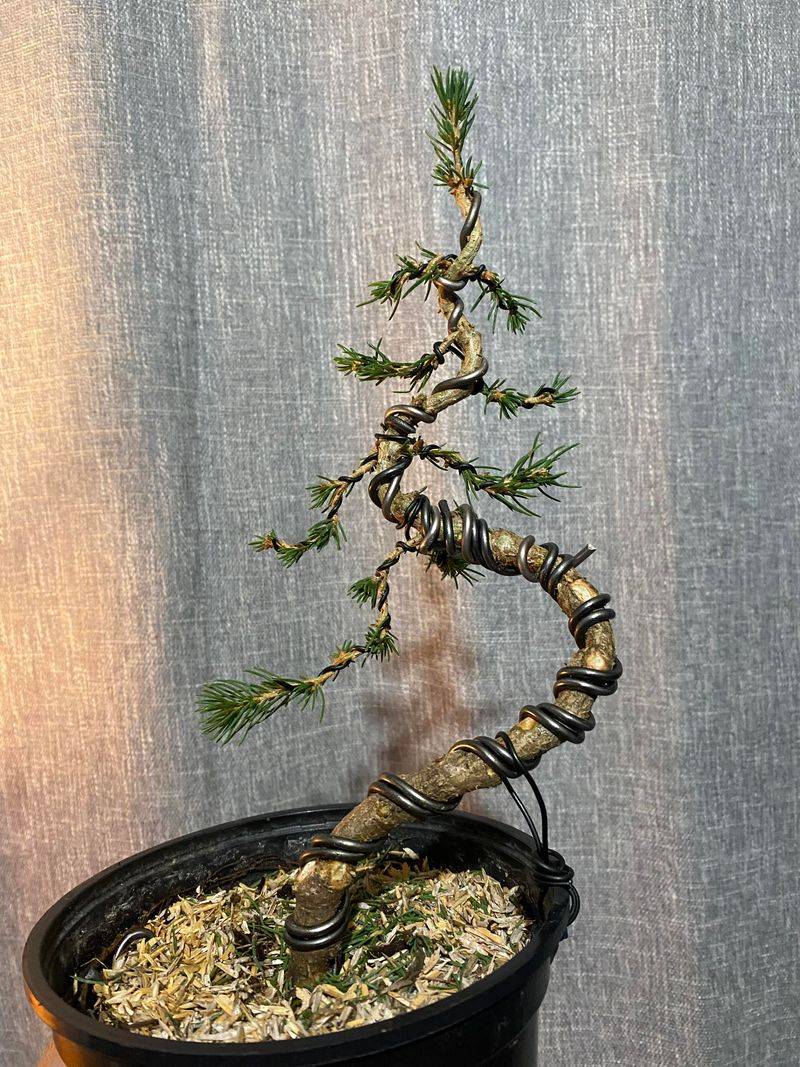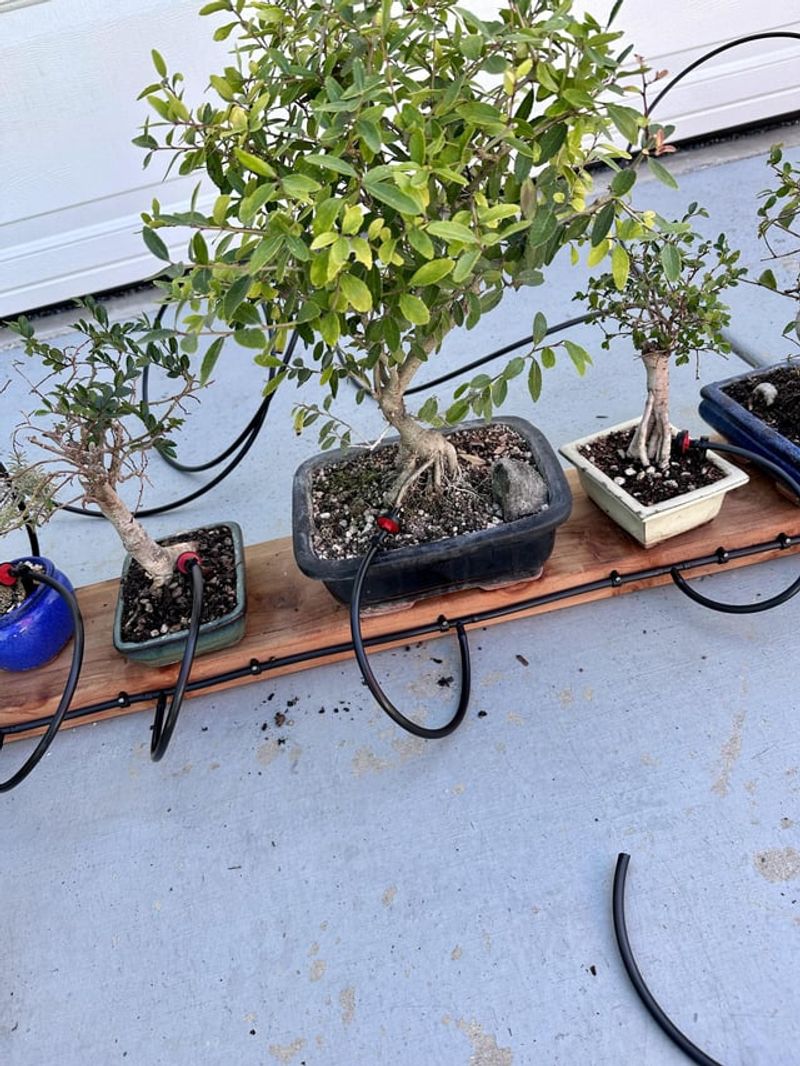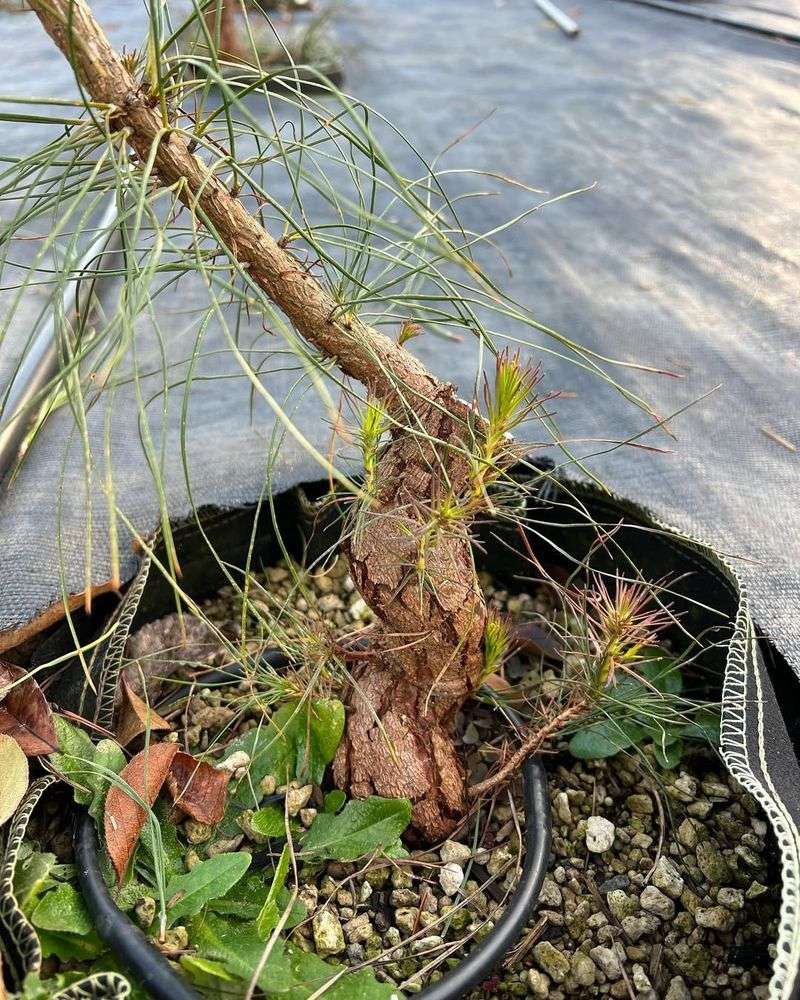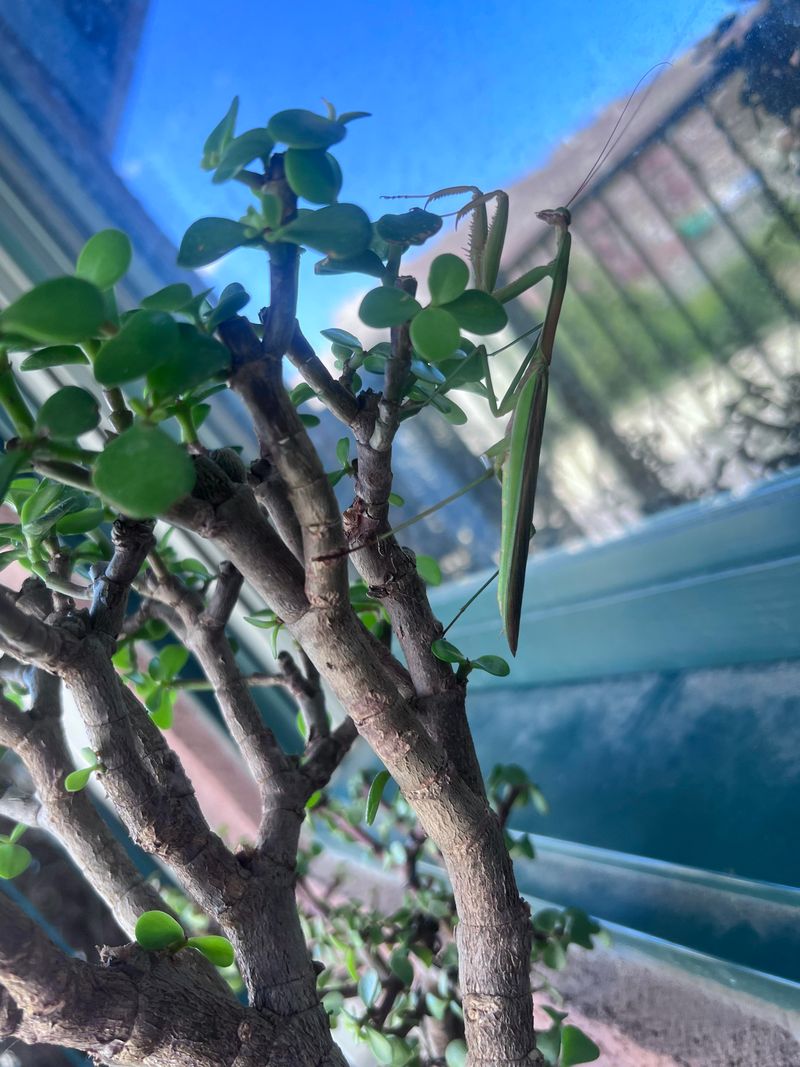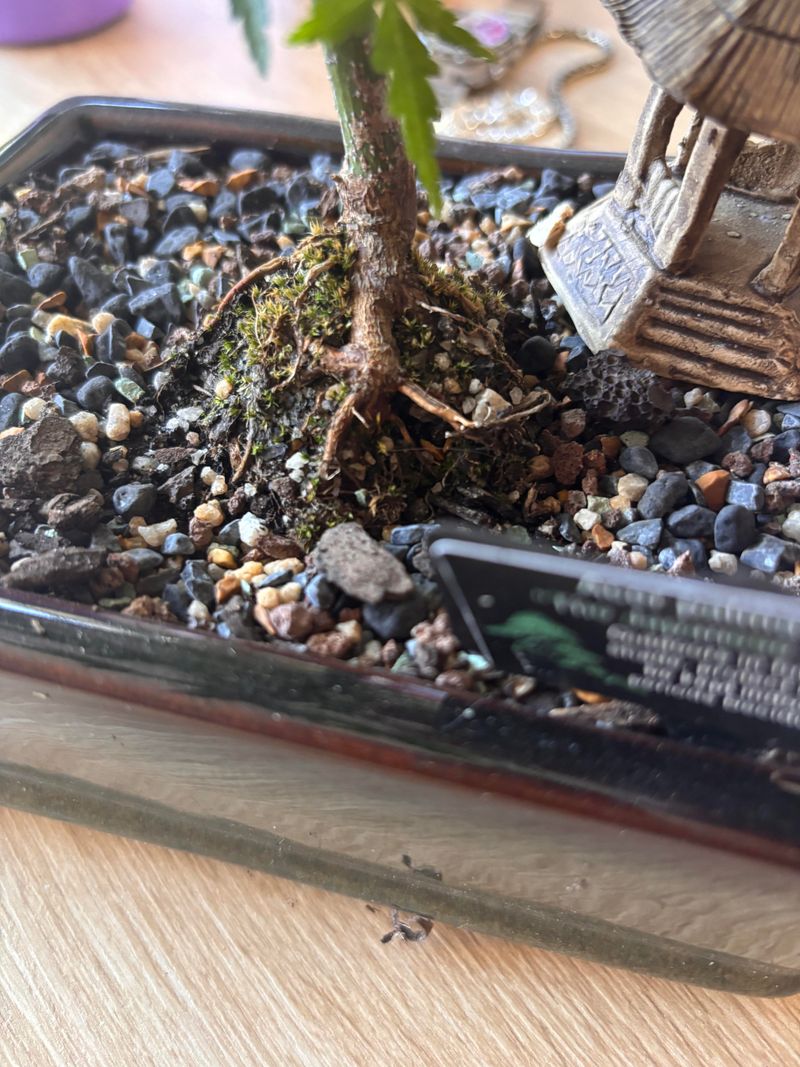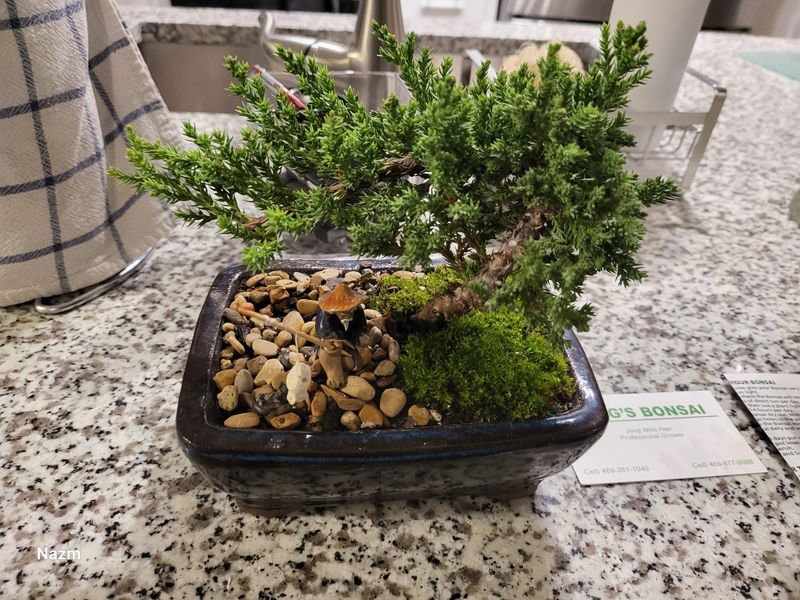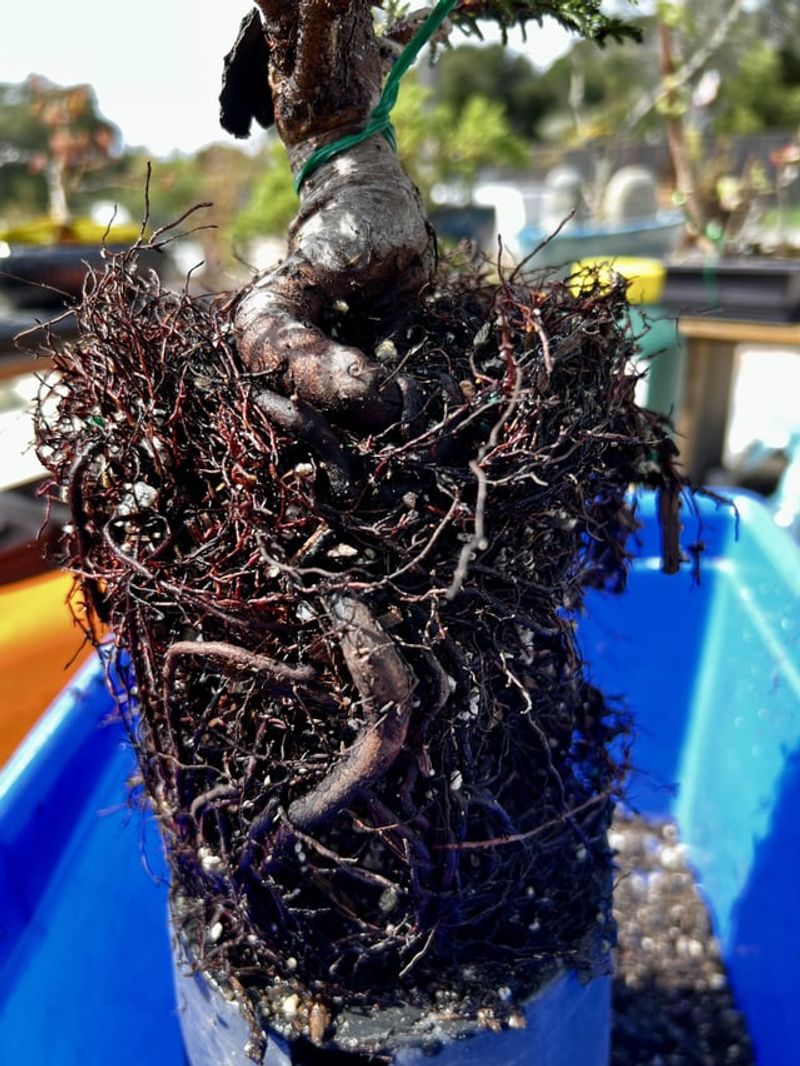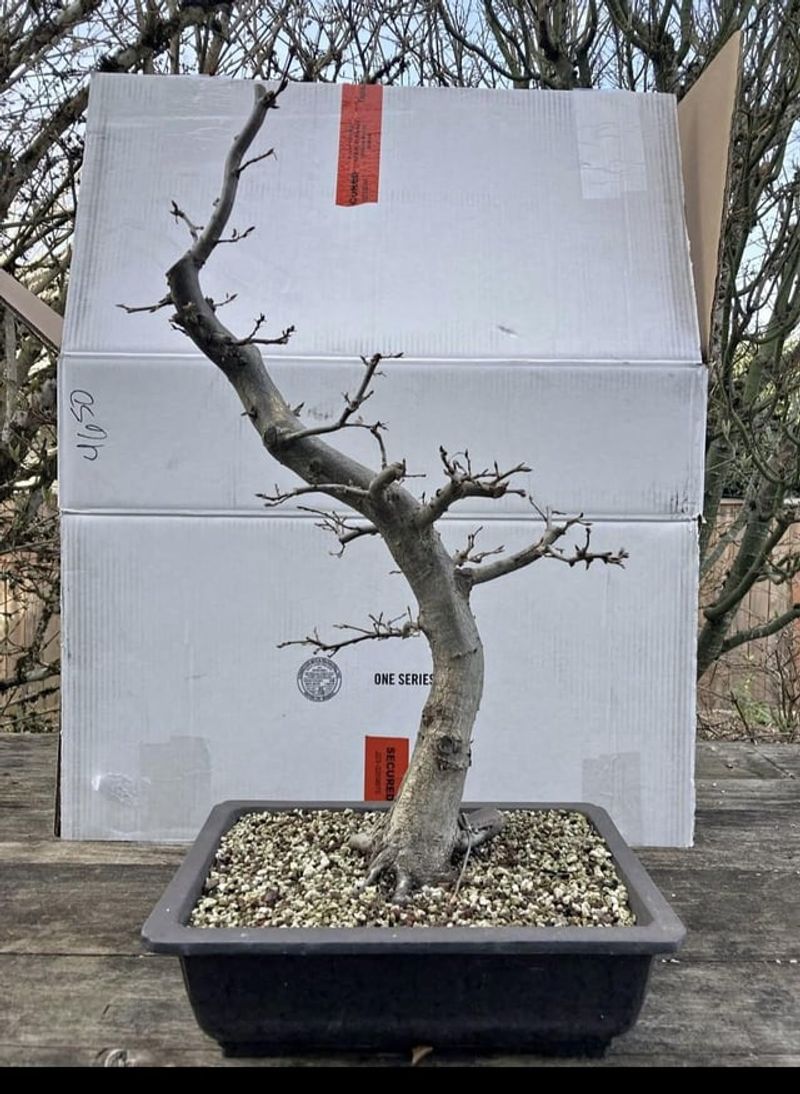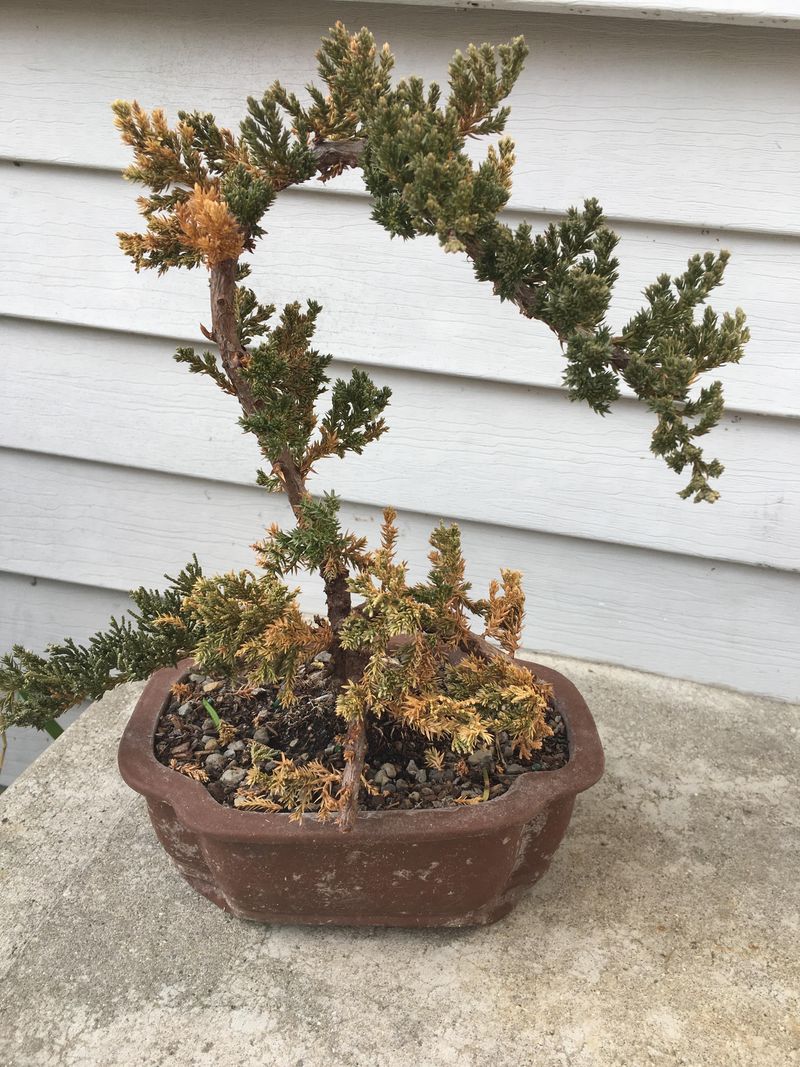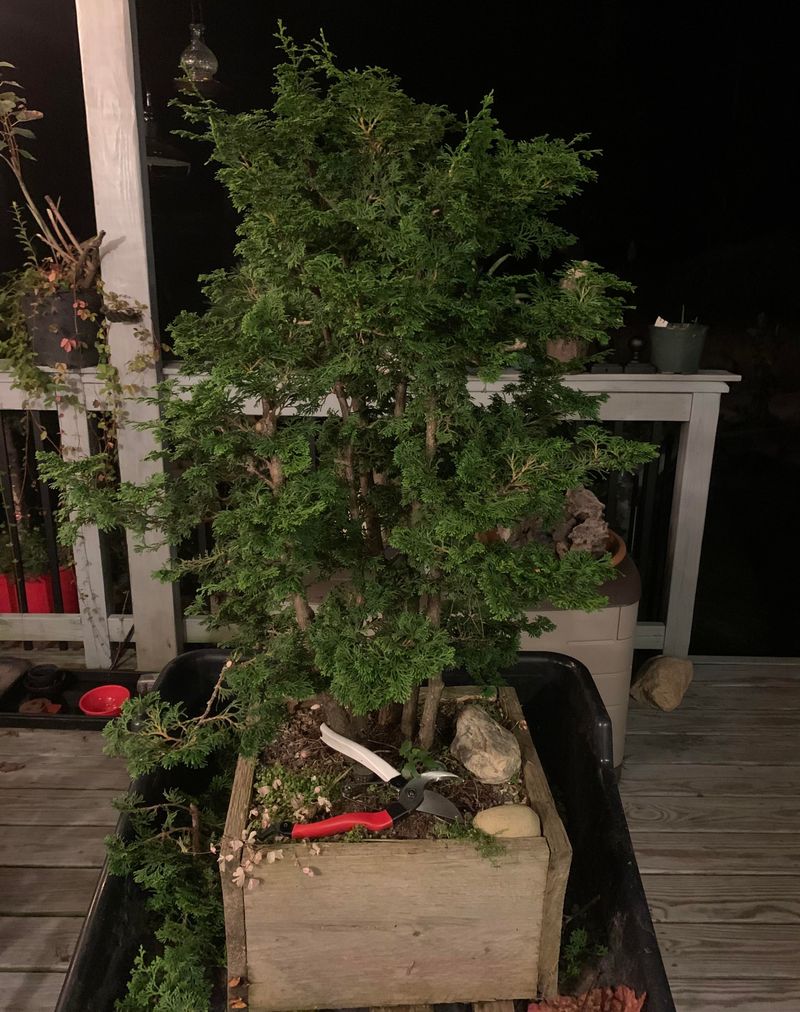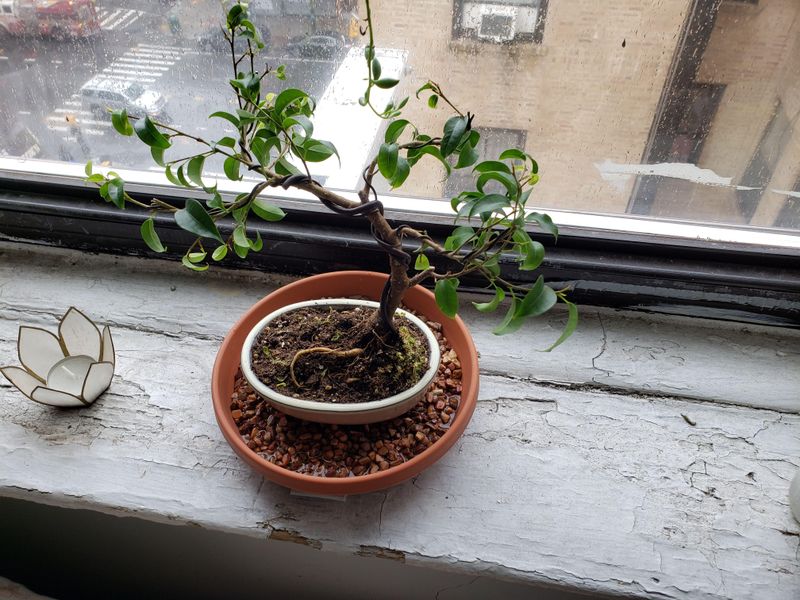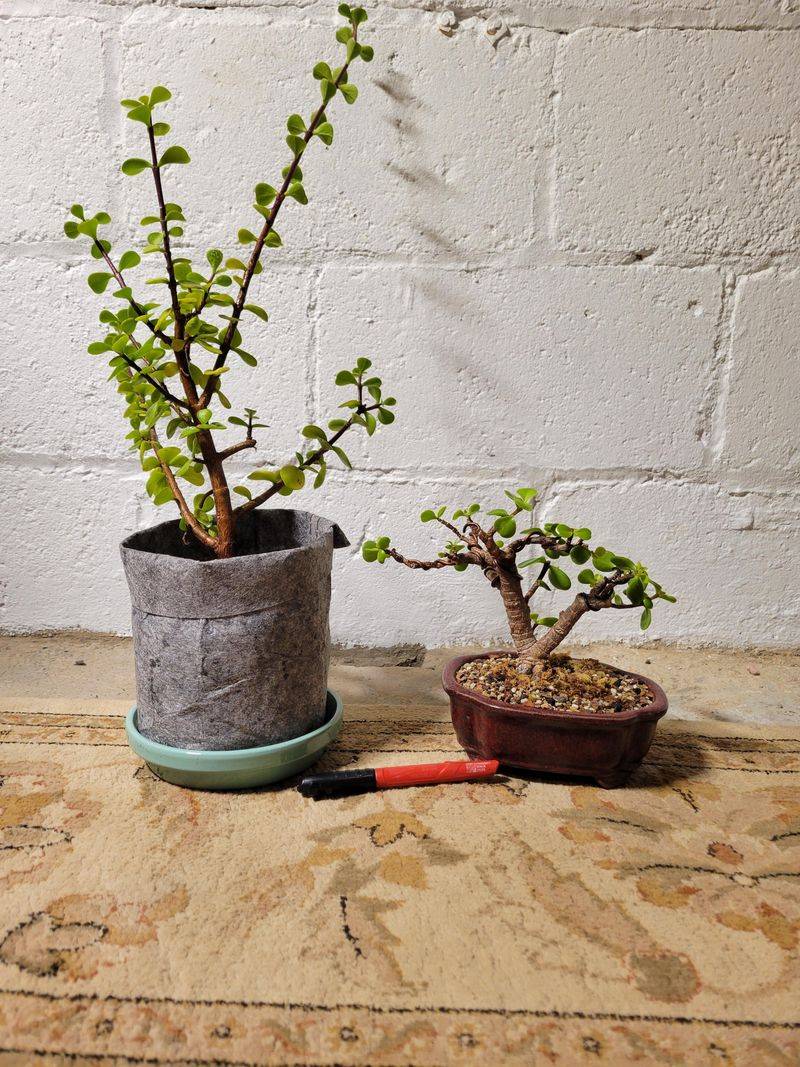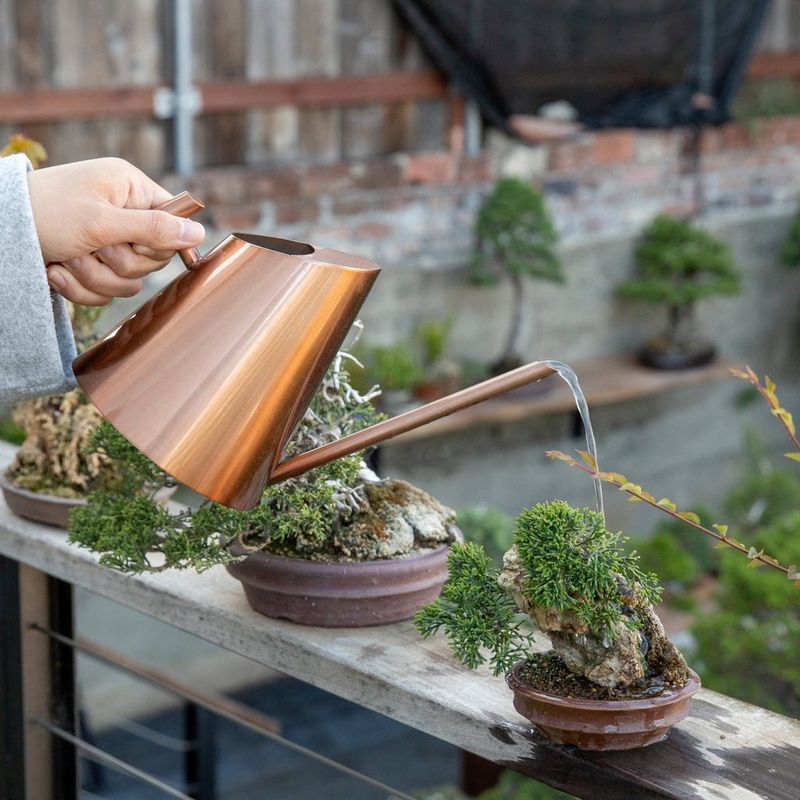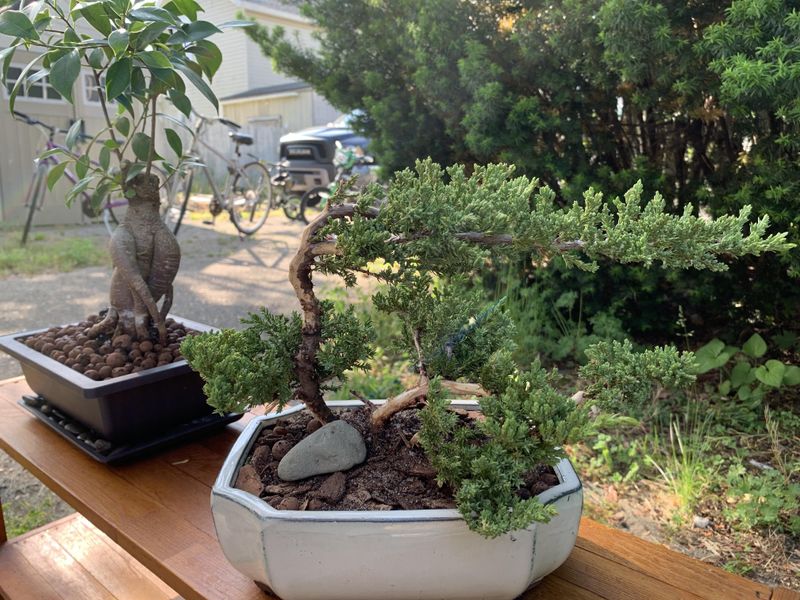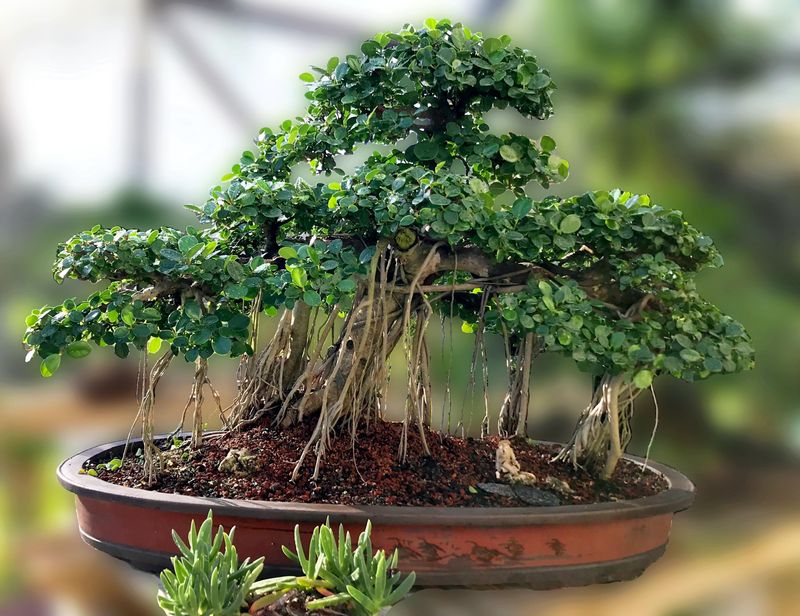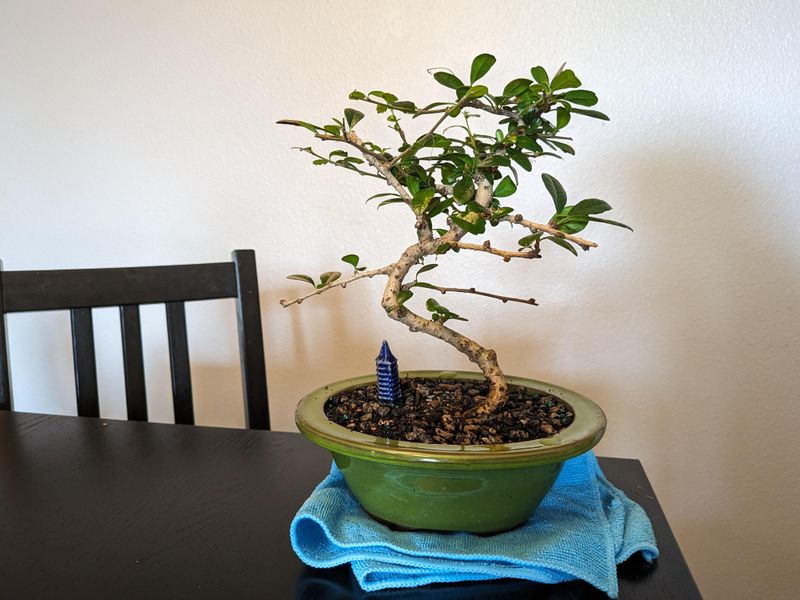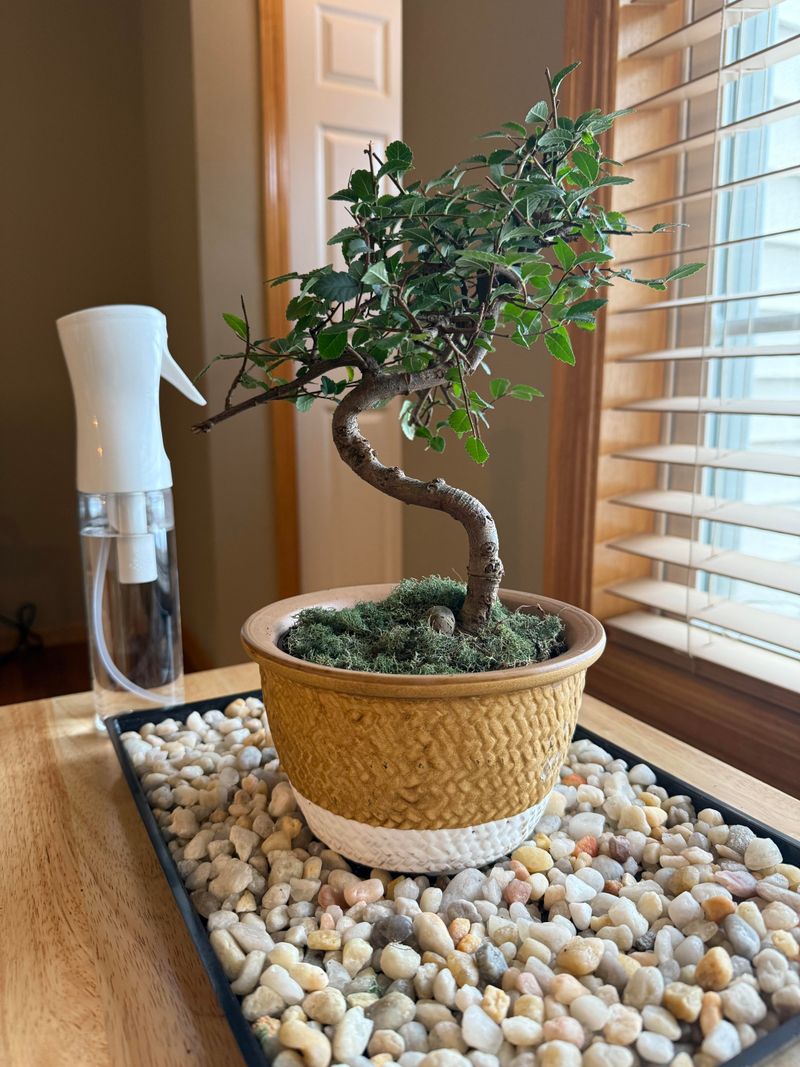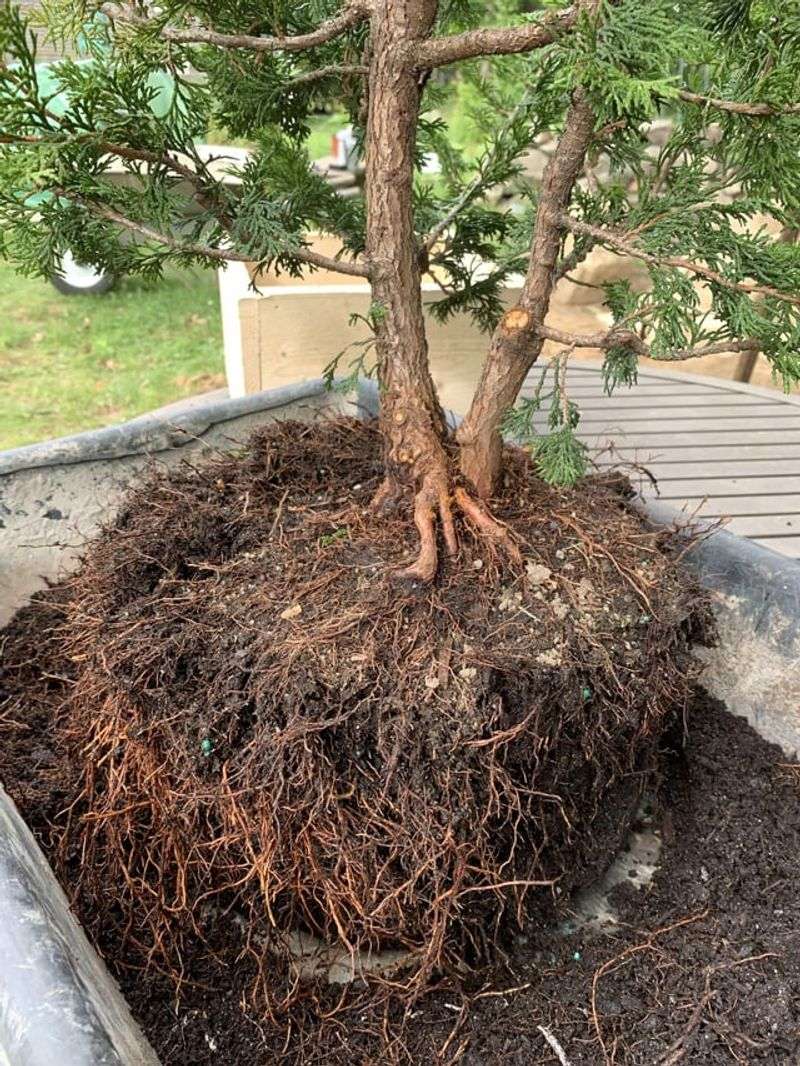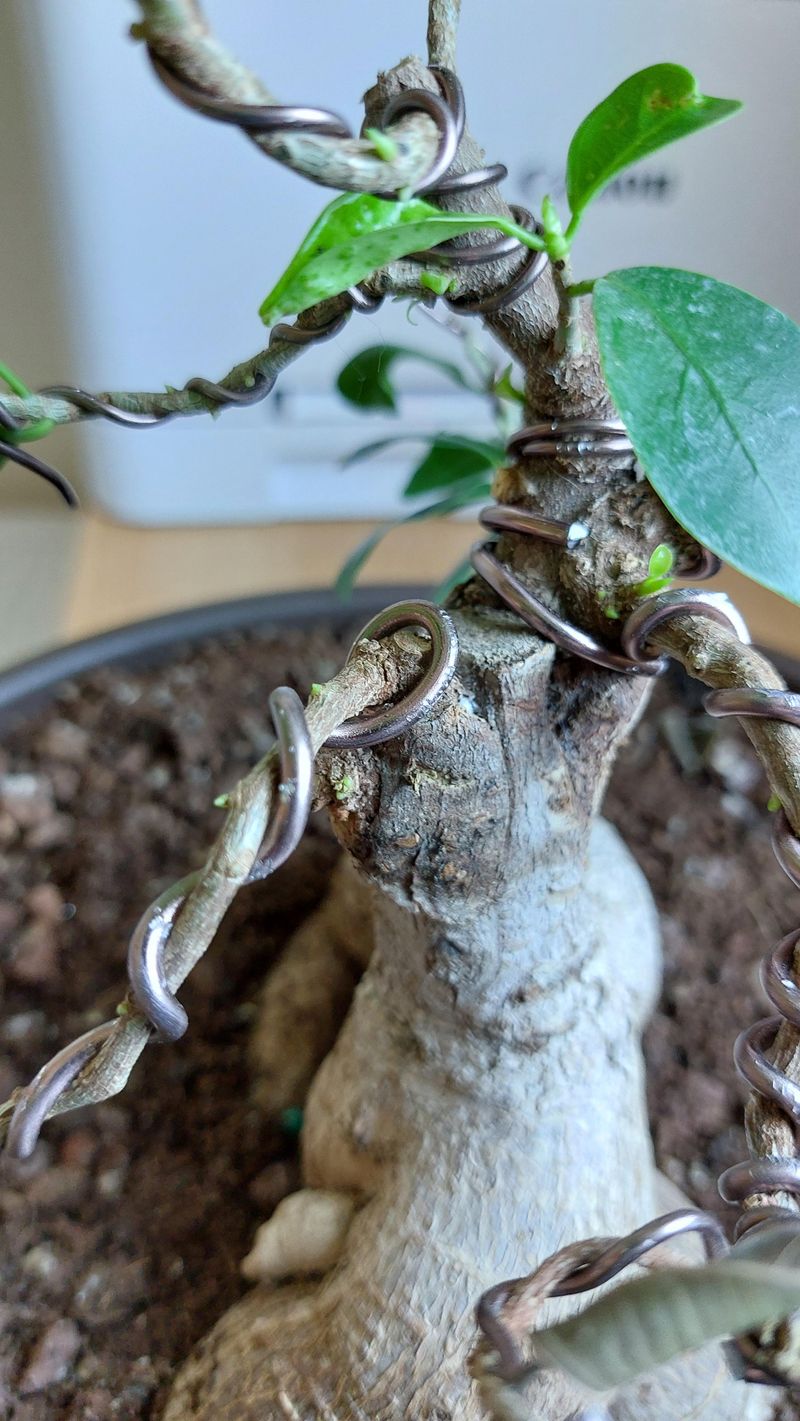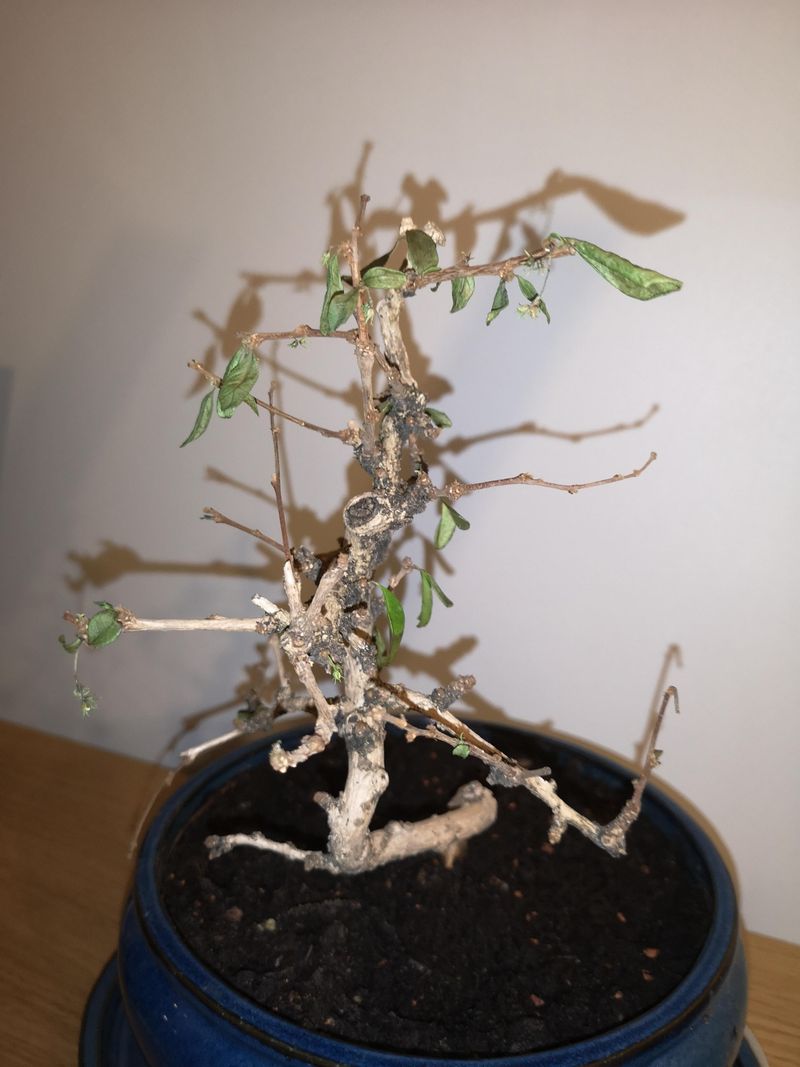Growing bonsai trees is an art that requires patience, skill, and attention to detail. Despite their small size, bonsai trees demand a significant amount of care and understanding. Many newcomers to the art of bonsai often stumble upon common pitfalls that can hinder the growth and beauty of their miniature trees. In this blog post, we’ll explore 24 mistakes people commonly make when growing bonsai trees, offering insights and advice on how to avoid them and ensure your bonsai thrives.
1. Overwatering
Ensuring your bonsai receives the right amount of water is crucial. Many beginners, in their eagerness to care for their bonsai, end up overwatering. This leads to root rot, which is detrimental to the tree’s health. The roots need oxygen, and excess water can suffocate them.
Observing the soil’s moisture level before watering is essential. Stick your finger into the soil; if it’s wet, wait a day or two before rewatering. Remember, it’s easier to revive a slightly dry bonsai than one drowning in water.
2. Using Poor Soil
The type of soil you use for your bonsai can make or break its growth. Opting for cheap, poor-quality soil can lead to inadequate drainage and root problems.
Bonsai soil should be well-draining and aerated. Investing in a high-quality bonsai mix, often containing a blend of akadama, pumice, and lava rock, ensures good drainage.
It’s essential to avoid regular garden soil as it compacts easily and retains too much moisture. Your bonsai’s soil is its lifeline, so choose wisely.
3. Ignoring Pruning Needs
Pruning is vital in maintaining the desired shape and size of a bonsai. Neglecting regular pruning may lead to an overgrown and unmanageable tree.
It’s not just about aesthetics; pruning also helps promote healthy growth. By removing dead or excessive branches, you encourage new shoots to emerge.
Pruning should be done with care, using sharp tools to avoid damaging the tree. Consistent attention to pruning helps your bonsai maintain its miniature essence and artistic form.
4. Lack of Sunlight
Sunlight is a vital component of a bonsai’s growth. Placing your bonsai in a dark corner or away from windows can hinder its development.
Sunlight provides the energy needed for photosynthesis, which in turn supports healthy leaves and branches. If natural sunlight is scarce, consider supplementing with grow lights to mimic the sun’s rays. Ensuring your bonsai receives adequate sunlight will keep it vibrant and robust.
Adjust the tree’s position periodically to capture the best light.
5. Improper Wiring Techniques
Wiring is an art in bonsai cultivation that allows you to shape and position branches. However, improper wiring can cause more harm than good.
Tight wires can cut into the bark, leaving scars. It’s important to use the right gauge wire and apply it carefully, ensuring it’s tight enough to hold the branch but not so tight that it damages the tree.
Regular checks are needed to ensure wires aren’t cutting into the bark as the tree grows. With practice, wiring becomes a tool to enhance your bonsai’s beauty.
6. Inconsistent Watering Schedule
Consistency is key when it comes to watering bonsai trees. An erratic watering schedule can stress the tree and lead to health issues.
Bonsai trees require a steady supply of moisture to thrive, but over or under-watering can both be harmful. Establishing a regular watering routine, observing the tree’s needs according to the season, and adjusting accordingly is crucial.
By keeping a consistent schedule, you can ensure your bonsai receives the optimal amount of hydration for growth.
7. Over-fertilizing
Fertilizers provide essential nutrients for bonsai, but more doesn’t always mean better. Over-fertilizing can burn the roots and cause leaf discoloration.
It’s important to follow recommended guidelines and use fertilizers specifically designed for bonsai. Typically, a balanced feed during the growing season suffices. Observing the tree’s reaction to fertilization helps in adjusting quantities. Remember, a little goes a long way, and patience is key.
Overdoing it can lead to irreversible damage.
8. Neglecting Pest Control
Pests can be a hidden threat to your bonsai’s health. Ignoring regular checks can lead to infestations that weaken and damage the tree. Common pests like aphids and spider mites thrive if left unchecked.
Regularly inspecting your bonsai for signs of pests and taking prompt action is crucial. Using appropriate treatments and maintaining cleanliness around the tree can prevent and control pest issues.
A healthy bonsai is less susceptible to pests, so consistent care is vital.
9. Not Repotting Timely
Repotting is an essential practice that many bonsai enthusiasts overlook. As the tree grows, its roots need space to expand. Not repotting timely can lead to root-bound conditions, stunting growth. Typically, repotting should occur every couple of years, depending on the species and growth rate.
Observing the roots’ development and choosing an appropriate pot size ensures the bonsai remains healthy. Fresh soil during repotting also replenishes nutrients, supporting robust growth.
10. Improper Temperature Conditions
Bonsai trees, depending on their species, have specific temperature needs. Exposing a tropical bonsai to cold weather can be detrimental, just as placing a temperate species in constant warmth might stress it. Understanding the temperature requirements of your particular bonsai species is crucial.
During extreme weather conditions, measures such as moving the tree indoors or providing shade can help maintain the ideal temperature range. This awareness ensures your bonsai thrives in its environment.
11. Skipping Root Pruning
Root pruning is as vital as trimming the branches, but often overlooked. The roots need space to grow, and without regular pruning, they can become crowded, affecting the tree’s health. During repotting, it’s essential to trim back the roots to encourage growth and prevent root-bound conditions.
Carefully removing dead or excessive roots supports better nutrient absorption and keeps the tree balanced. Root pruning is a delicate process, but when done correctly, it promotes a thriving bonsai.
12. Choosing the Wrong Bonsai Species
Selecting a bonsai species that matches your environment and experience level is crucial. Beginners often make the mistake of choosing exotic species without understanding their specific needs.
Some bonsai trees require more care and attention than others, so it’s important to research and match the species to your climate and lifestyle.
Opting for a more forgiving species can make the learning process smoother. The right choice sets the foundation for successful bonsai care.
13. Ignoring Seasonal Needs
Each bonsai species has unique seasonal needs, which, if ignored, can hinder its growth. Some trees require specific care during certain seasons, like increased watering during summer or reduced feeding in winter.
Recognizing these needs and adjusting your care routine accordingly supports healthy development. Observing the tree’s response to seasonal changes and acting proactively helps maintain its vigor. Seasonal awareness ensures that your bonsai aligns with nature’s rhythm, thriving through each cycle.
14. Using Blunt Tools
Sharp tools are essential for bonsai maintenance. Using blunt instruments can tear rather than cut, causing stress and potential infection in the tree.
Investing in quality bonsai tools such as scissors and branch cutters ensures clean cuts and minimizes damage. Regular maintenance of these tools, including sharpening, extends their lifespan and effectiveness.
Properly cared-for tools make the pruning process smoother and help maintain your bonsai’s health and appearance, reflecting your dedication.
15. Neglecting Humidity Requirements
Bonsai trees, especially those from tropical regions, often require specific humidity levels to thrive. Placing them in environments with low humidity, such as air-conditioned rooms, can lead to dehydration.
Regular misting or using a humidity tray can help maintain adequate moisture levels in the air. Understanding the humidity needs of your bonsai species and providing suitable conditions ensures optimal health.
This attention to environmental details promotes vibrant, lush growth that reflects the tree’s natural habitat.
16. Incorrect Pot Size
The pot is not just a container; it’s part of the bonsai’s aesthetic. Using a pot that’s too large or too small can affect the tree’s growth and stability.
A pot that’s too big may lead to overwatering, while one too small may restrict root development. Selecting the right pot size is crucial for balance and harmony.
The pot should complement the tree’s size and style, providing enough space for roots while enhancing its overall appearance. Careful consideration of pot size supports healthy growth.
17. Using Tap Water
Tap water often contains chlorine and minerals that can harm bonsai trees over time. Regular use may lead to mineral buildup, affecting soil quality and root health.
Using rainwater, distilled, or filtered water can prevent these issues. If tap water is the only option, allowing it to sit for 24 hours before use can dissipate harmful chemicals.
Being mindful of the water quality ensures your bonsai receives optimal nourishment without the risk of contamination, promoting long-term health.
18. Overexposure to Wind
Wind can be both friend and foe to a bonsai. While gentle breezes aid in strengthening branches, excessive wind exposure can lead to dehydration and structural damage.
Placing your bonsai in a sheltered location or using windbreaks can protect it from strong gusts. Understanding the wind patterns in your area and making necessary adjustments ensures your bonsai remains resilient.
Proper positioning not only safeguards the tree but also enhances its natural grace and beauty.
19. Failure to Observe
Attentiveness is key in bonsai care. Failing to observe subtle changes can lead to neglected problems. Regularly inspecting your bonsai for signs of stress or disease allows for timely interventions.
This includes monitoring leaf color, branch health, and overall vitality. Developing a routine of observation enhances your connection with the tree, enabling you to respond to its needs effectively.
Your bonsai’s health reflects your attentiveness, and consistent monitoring ensures thriving growth.
20. Improper Bonsai Style Selection
Selecting a style that complements the natural growth pattern of your bonsai is essential. Forcing a tree into an unsuitable style can cause stress and inhibit growth.
Understanding the different bonsai styles and how they align with specific species helps in choosing an appropriate form. Adapting the style to the tree’s inherent characteristics enhances its beauty and development.
A harmonious style selection respects the tree’s nature, showcasing its best attributes while maintaining health and vitality.
21. Inadequate Air Circulation
Air circulation is as important as sunlight and water for bonsai trees. Placing your bonsai in a cramped space or a stagnant environment can lead to mold growth and poor health.
Ensuring adequate spacing and occasional repositioning to promote airflow helps in maintaining a healthy environment.
Fresh air supports the tree’s respiration and prevents the buildup of harmful pathogens. Attention to air circulation fosters a lively and flourishing bonsai, reflecting your commitment to its care.
22. Forgetting to Mulch
Mulching is often overlooked in bonsai care, yet it plays a crucial role in soil health. Proper mulching helps retain moisture, suppress weeds, and protect roots from temperature fluctuations.
Choosing the right mulch, such as organic compost or bark chips, enhances soil quality and aesthetics. Regularly refreshing the mulch layer ensures continued benefits.
Including mulching in your care routine supports a thriving bonsai, providing a nutrient-rich environment that aligns with natural growth cycles.
23. Not Learning from Mistakes
Growth comes from learning, and bonsai cultivation is no exception. Failing to learn from past mistakes can hinder progress and lead to repeated errors.
Keeping a journal to document your bonsai’s journey, noting what works and what doesn’t, provides valuable insights. Reflecting on experiences enhances your understanding and skills, guiding future decisions.
Embracing a mindset of continuous learning enriches your bonsai practice, transforming challenges into opportunities for growth and mastery.
24. Neglecting Tree Health
The health of your bonsai is paramount to its appearance and longevity. Neglecting signs of poor health can lead to irreversible damage.
Regular health checks, including monitoring for pests, diseases, and nutritional deficiencies, are essential. Taking prompt action to address health issues, whether through treatments or environmental adjustments, supports recovery.
A proactive approach ensures your bonsai remains vibrant and resilient, reflecting your dedication to its well-being and artistic beauty.

